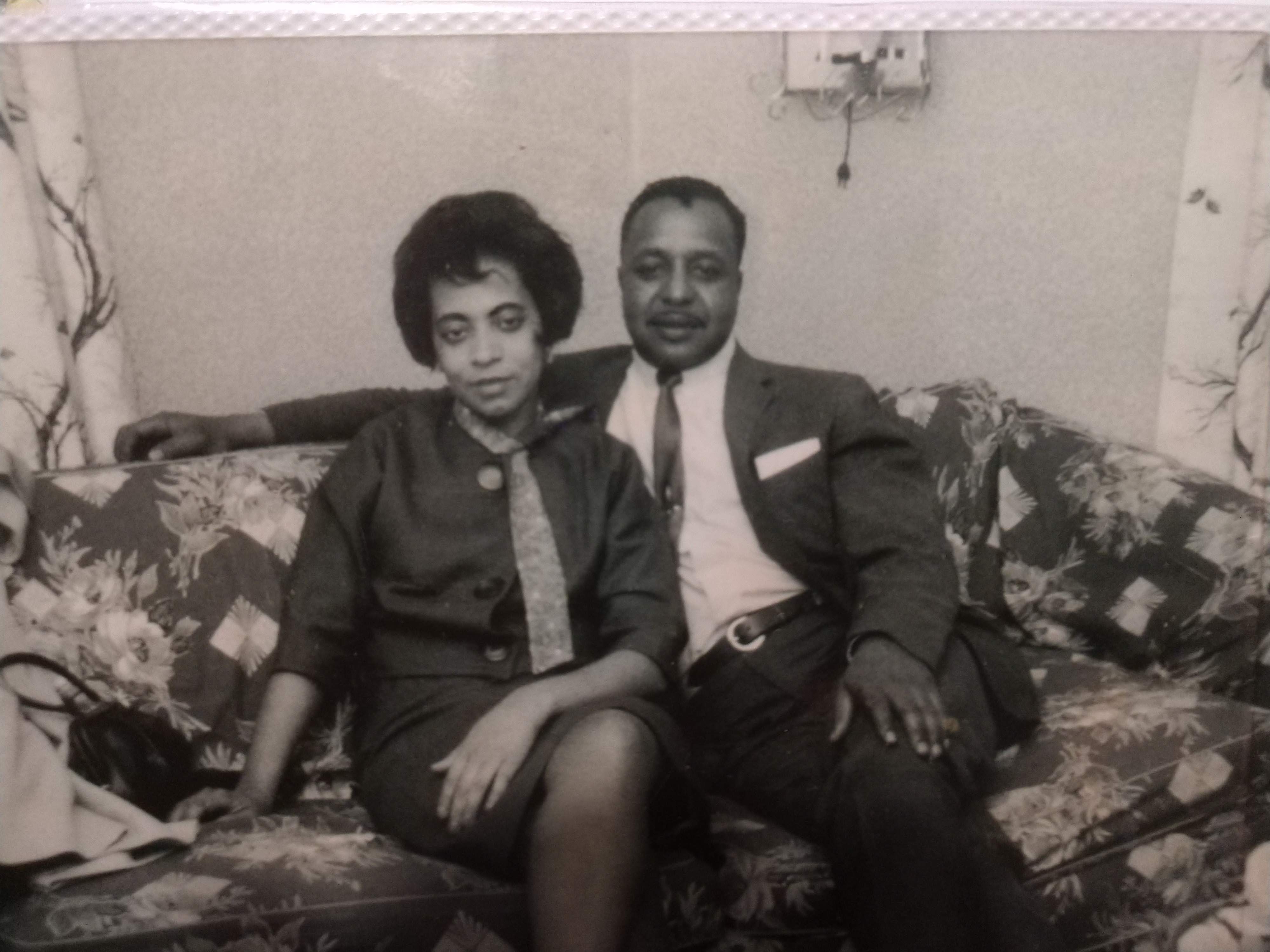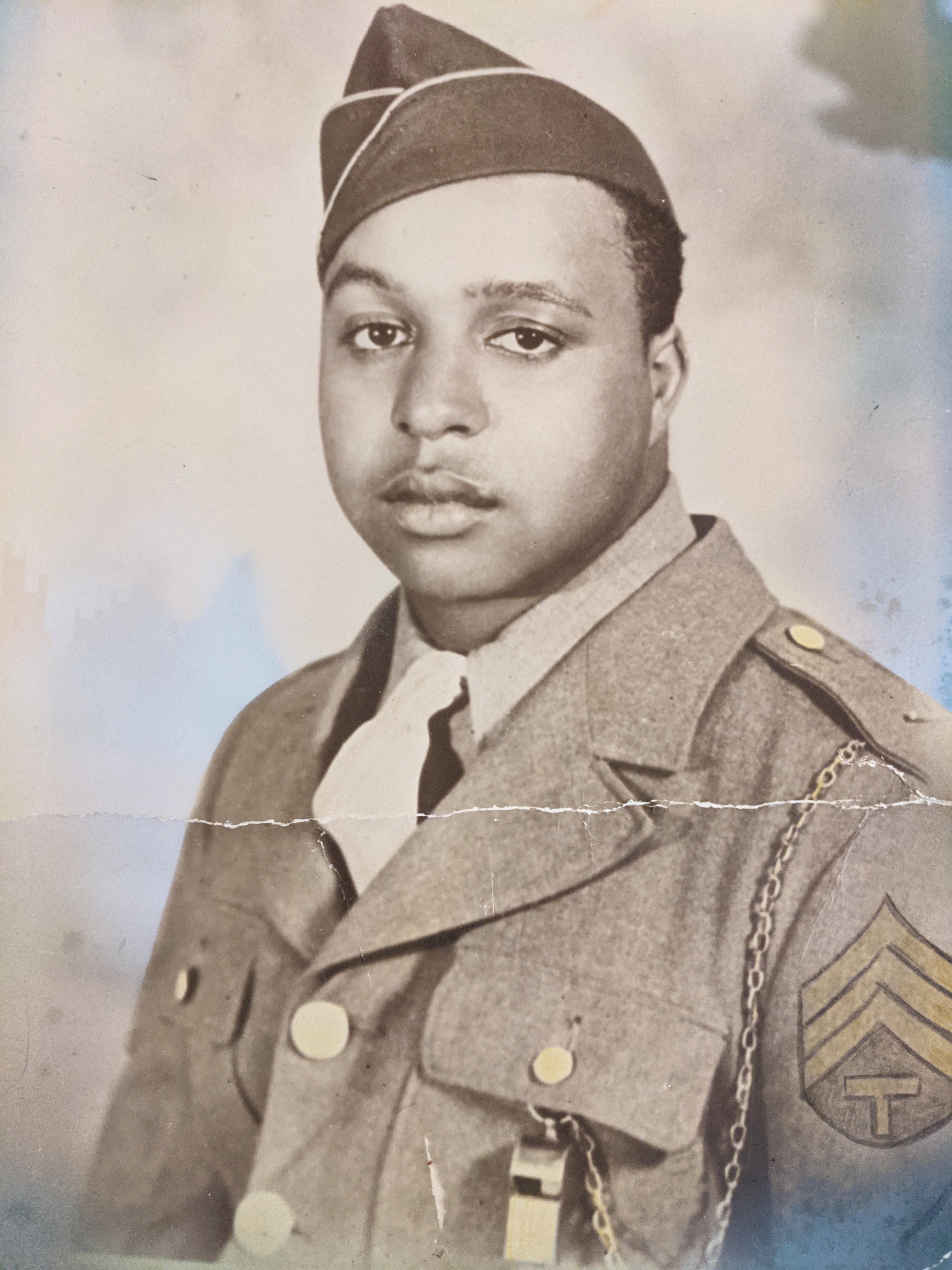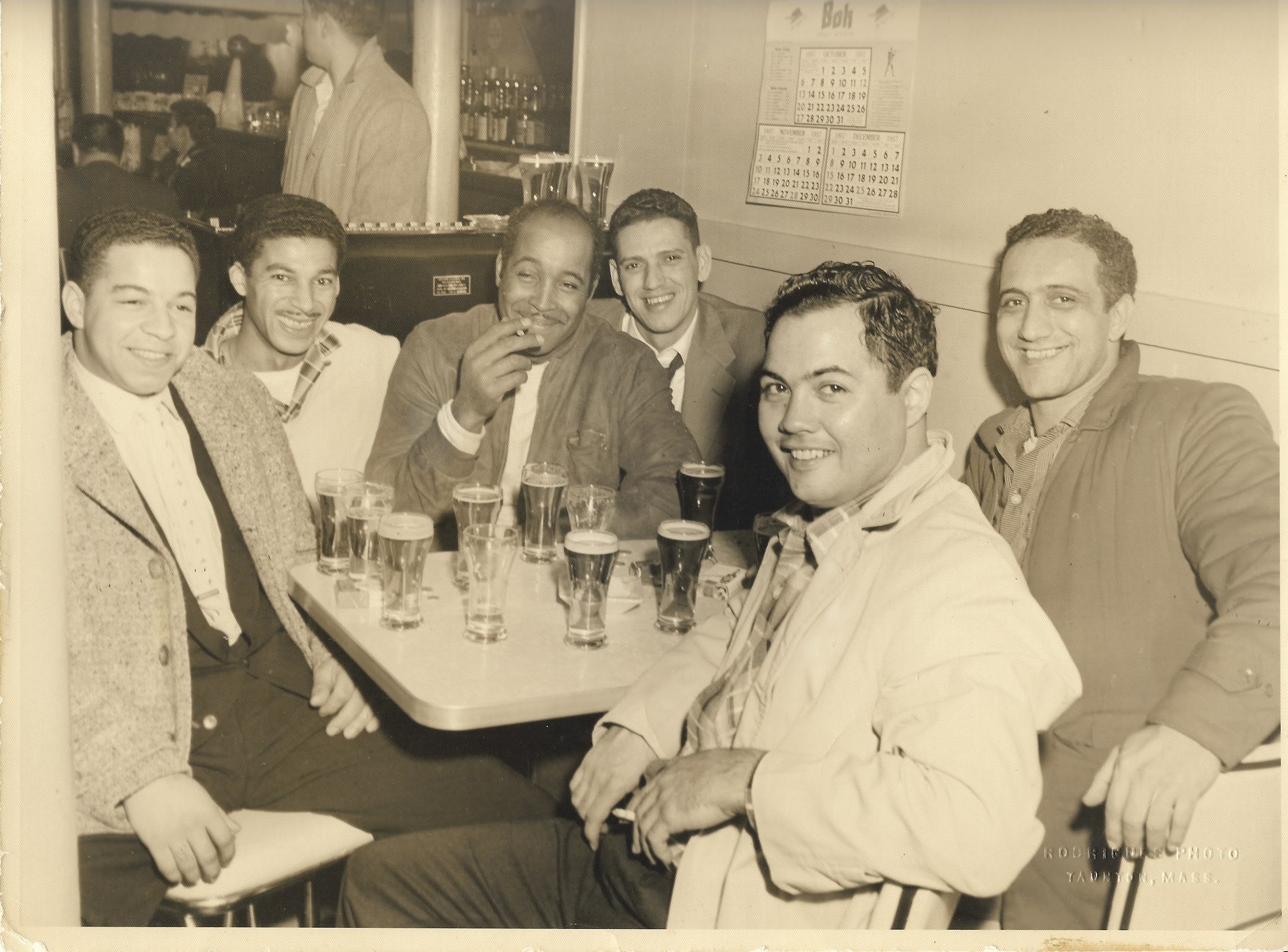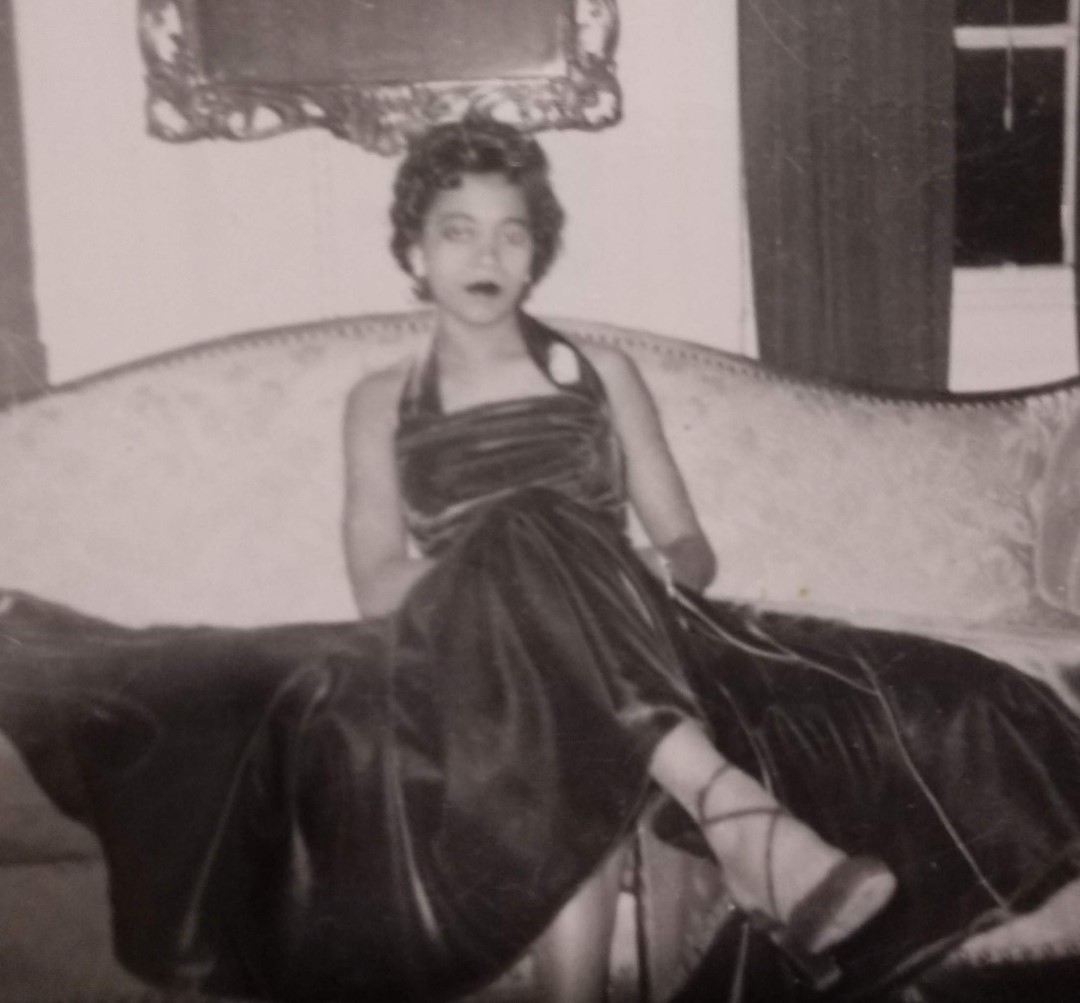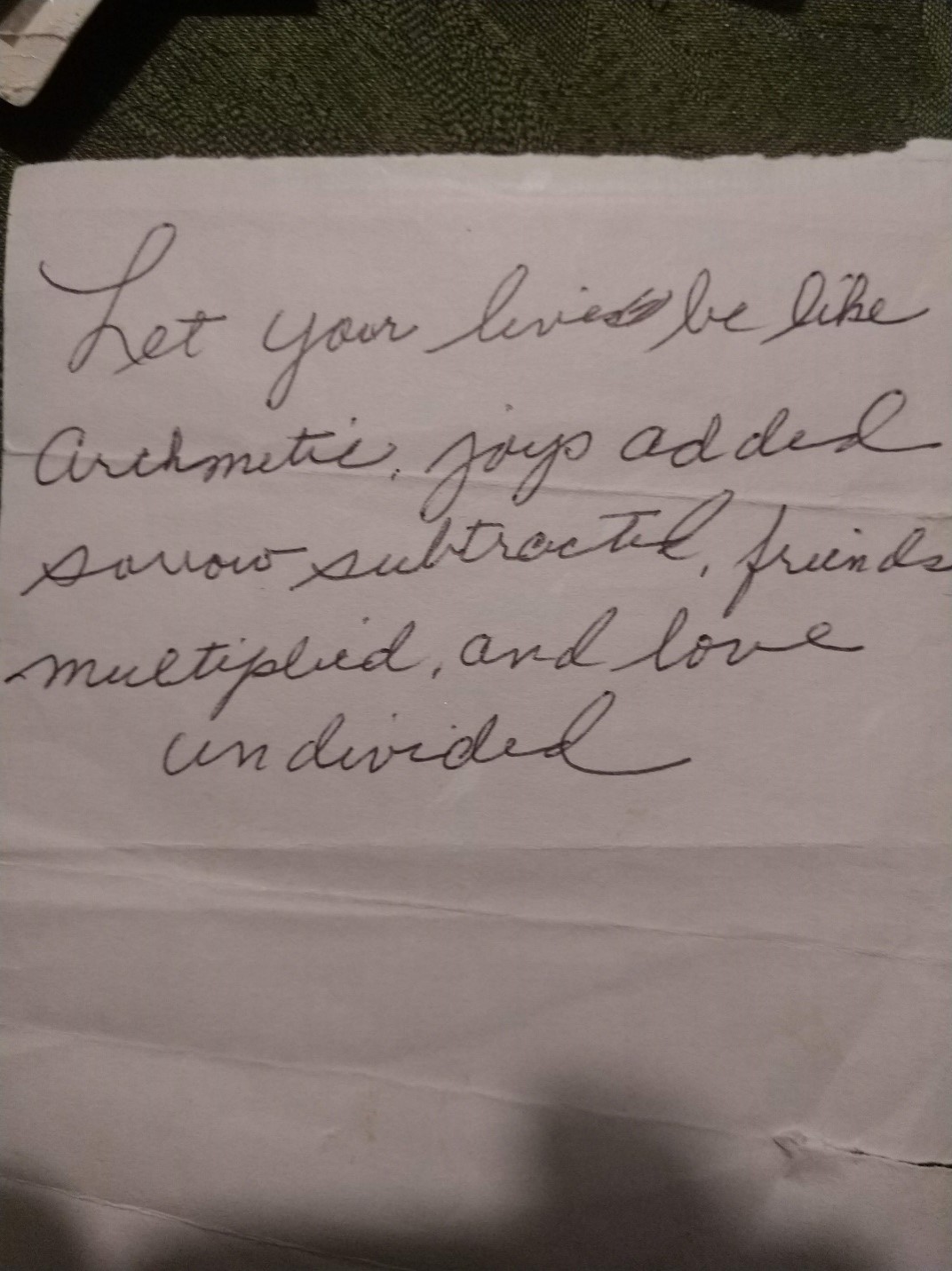Story
Black History Brought to Life – The Lopes Family
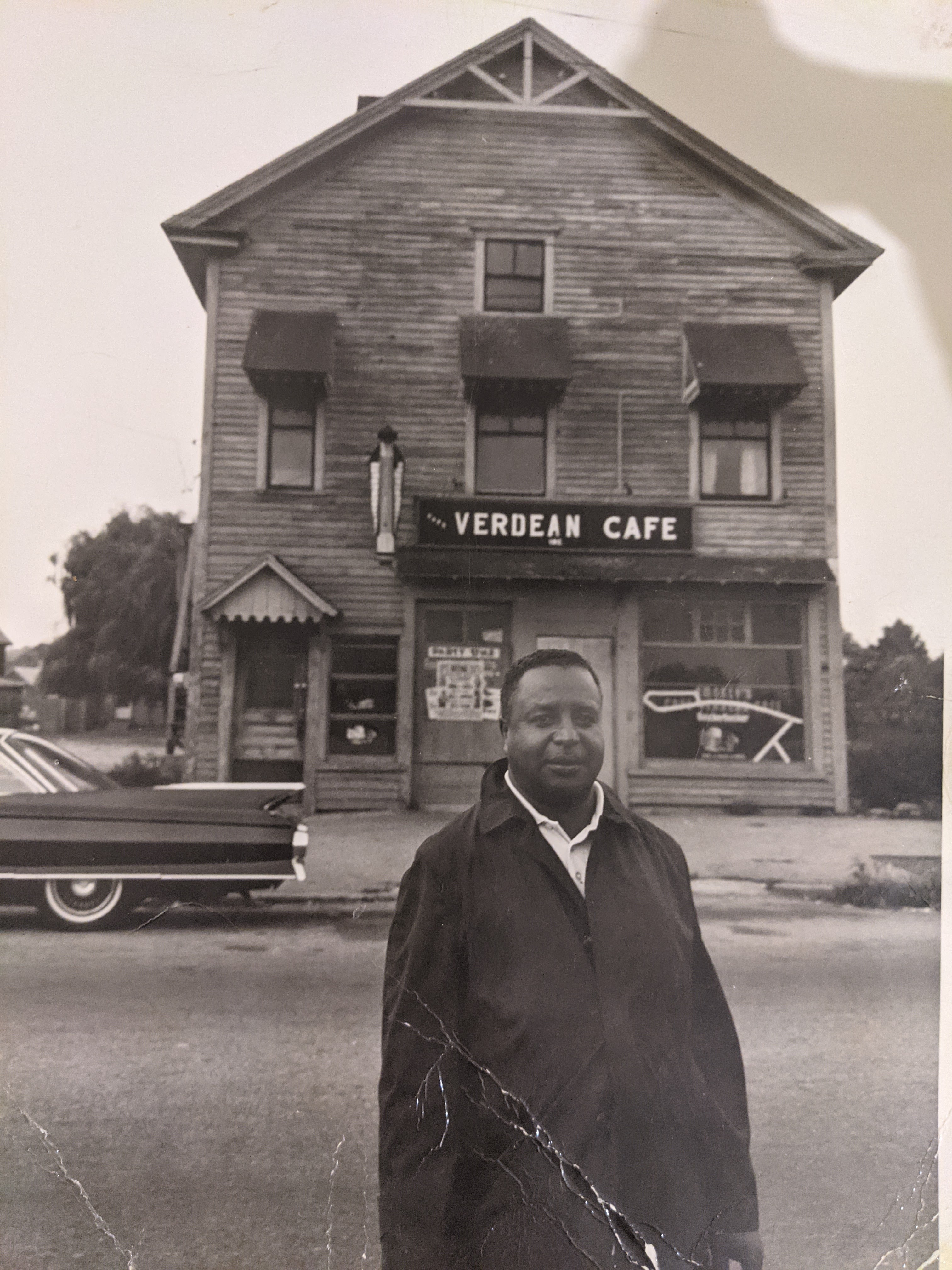
This is a continuation of our recent spotlight on Candace (Lopes) Charpentier, during which the rich history of her family came to the forefront of her story. It was clear there was much more to unearth and a deeper story to be told.
From Cape Verde to the US
Cape Verde is an archipelago off the coast of Western Africa. Many Cape Verdeans migrated to the Northeast United States in the early 1900s, arriving on the ship “The Ernestina”. The 34-day voyage was frequent, tumultuous, and sometimes fatal.
Candace’s father, Edwin “Smokey” Lopes was born in Cape Verde off the West Coast of Africa in 1922. Her mother, Margaret Lopes, was born in the United States in 1926 to immigrant parents also from Cape Verde.
Pictured: Margaret and Edwin Lopes
Edwin served in an all-Black platoon in the US Army in Normandy, Northern France, and Central Europe during WWII. As with many Black soldiers in the war, Edwin was assigned one of the most dangerous and deadly jobs delivering artillery to the front lines. Artillery delivery routes were often targeted by enemy troops as a war tactic. Margaret’s brother, Vasco Gomes, died doing this same job in London.
Pictured: Edwin's all-Black platoon led by white officers, and Edwin in war uniform.
Once when proudly sharing about her father’s military service with a group of white veterans, Candace was met with comments back like, “Your dad was in the Army, too? What was he, a cook?” The responses were hurtful and fed into stereotypes Candace’s parents worked hard to break.
“My dad was very closed. He wouldn’t talk about the war and in general, he didn’t really share. He passed when I was 18 years old before I got to really know him. He was tough but super kind,” Candace said.
The Verdean Café
After the war, Edwin opened The Verdean Café in Taunton, Massachusetts – a bar and restaurant known for lively music, libations, and Sunday dinners. It also served as a cultural gathering spot for fellow Cape Verdeans in the area. Newlyweds Edwin and Margaret lived in an apartment above the café. In addition to the café, Edwin owned a car detailing business and a laundromat.
“It’s a different mentality for an immigrant – you have no option but to be a hard worker,” Candace said.
“It’s a different mentality for an immigrant – you have no option but to be a hard worker,” Candace said.
Pictured: Edwin in front of the Verdean Café, and patrons of the café.
The café also served as one of many destinations for monthly dances held by Cape Verdean immigrant families. It was a time to come together and laugh in a shared community, with lavish food and fashion.
Unfortunately, some white men in the community were not so pleased with the café’s success and the gathering of Black people. One night, the men vandalized the café with baseball bats and other weapons, destroying the property.
Edwin, undeterred by the violence, rebuilt the café. By the time reconstruction was almost complete, he was informed by the government that Urban Renewal would be purchasing his property (at a loss to Edwin) and evicting the couple from their home. This practice was common for the time in attempts to force out minority groups from their communities.
“They could buy you out at an unfair price, bulldoze your business, and that was that,” Candace said. “My mother told us how much that broke his heart. Even to this day government is still able to do this to small businesses in the name of gentrification.”
“They could buy you out at an unfair price, bulldoze your business, and that was that,” Candace said. “My mother told us how much that broke his heart. Even to this day government is still able to do this to small businesses in the name of gentrification.”
Resiliency in the Face of Challenge
The Lopes carried on, leaving their dreams of the café in the past. Edwin joined a labor union and worked as an appliance spray painter for Taunton Engineering. This work sustained the family while Margaret cared for the children and the home.
While Edwin and Margaret did not often comment unprompted on the inequities between their Black community and the white community, Margaret did offer advice to her children on how to swallow the realities of the world they lived in.
Margaret was protective of Candace and her sisters when it came to issues of race. Candace recounts several instances when white children bullied the sisters on their way to and from school, and white teachers treated them as less than their peers.
Pictured: Margaret Lopes
“My mother would tell stories about their grandfather and the war he was in, how unfair the system was to him, as well as her own experiences with racism,” Candace said. “We’d work through how I felt when I was called horrible names and the teachers were cruel to me growing up. I’d ask the question so many minority kids asked their parents and continue to ask, ‘Why do they hate us so much?’”
In Candace’s spotlight story, she shared that her mother was discriminated against based on race when attempting to apply to an art and design school. Being told “Blacks don’t make good artists” by one of the school’s staff members may have dashed her hopes of making art into a career, but it did not discourage her from nurturing creativity in her children.
“There was never any real answer to it, only how we should react to it. She would say ‘The world is going to be what it is, but we have to navigate it,’” said Candace.
The Lopes parents worked hard to provide for their children and give them more opportunities than they were afforded.
Pictured: Edwin with one of Candace's older sisters
History Lives On
Candace, now a designer herself, is sharing this same creative encouragement with her children today. Her son competes in science competitions and her daughter is involved in robotics.
“My daughter complains that she is usually the ‘only one’ as a Black girl in this field. I encourage her to keep on the path because she’s paving the way and showing other Black girls there are people with interests like them,” Candace said.
“My daughter complains that she is usually the ‘only one’ as a Black girl in this field. I encourage her to keep on the path because she’s paving the way and showing other Black girls there are people with interests like them,” Candace said.
“I want to make sure kids like my own can have a future in creating technology that is inclusive and for everyone. In my community, I’m in the DEI division of my kids’ school and our Town Council. I play an active role in the books our kids read, how our kids learn, and their ability to question what they’re learning,” Candace said.
Around Christmas time in 2017, the family sat down and recorded an interview with Margaret so her grandchildren could ask her questions and hear some of their family histories right from the source. Now, Candace and her family keep the memory of their parents alive through storytelling.
After Margaret passed and her children were sorting her belongings, they came across this note. Candace said this was a perfect symbol of who her mother was and the legacy she left behind.
“Let your lives be like arithmetic, joys added, sorrow subtracted, friends multiplied, and love undivided.”
